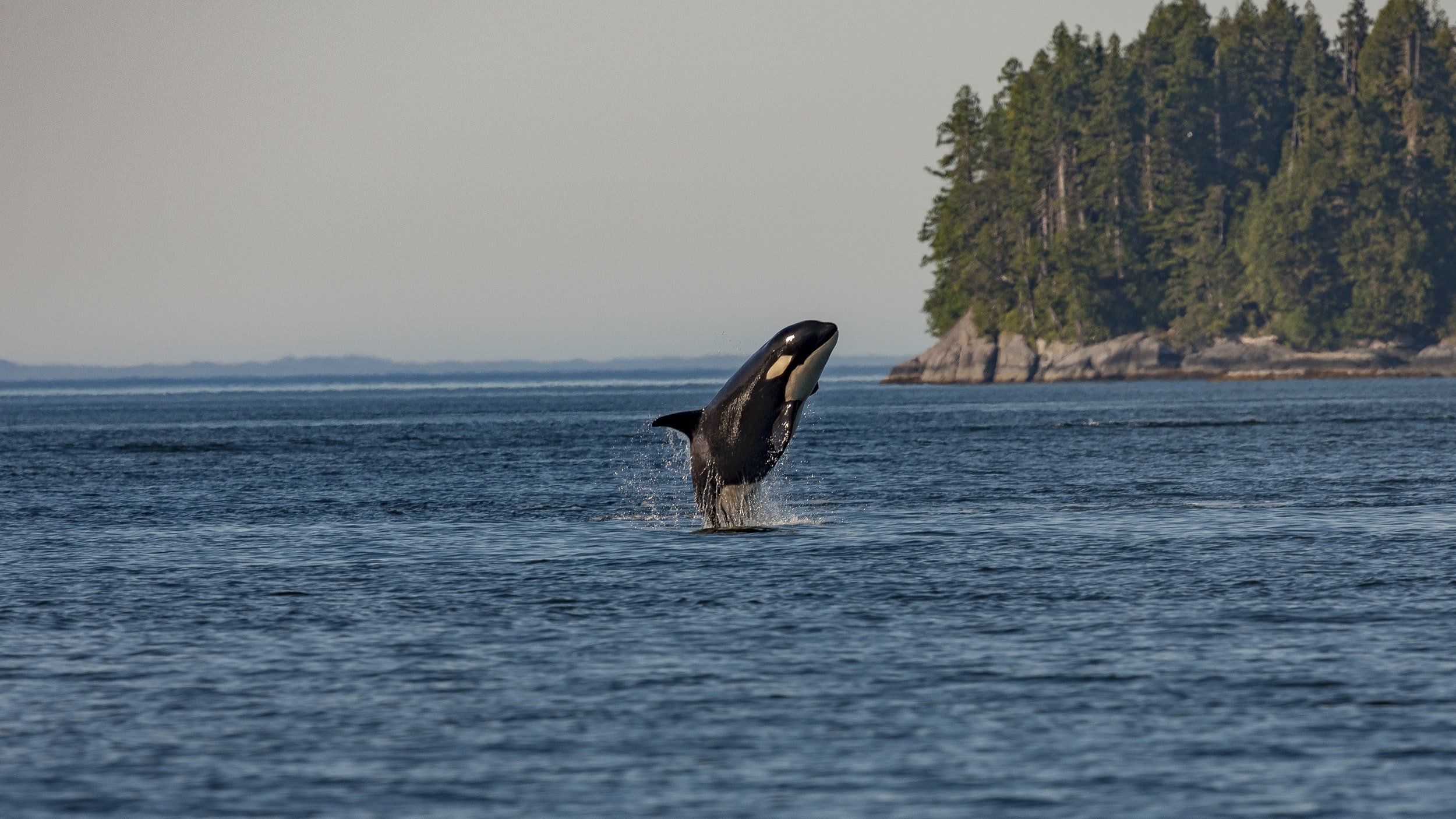Decarbonizing Ocean Shipping
Ocean SHipping
The ocean is exposed to shipping vessels, other various commercial vessels, trawling, explosions, seismic blasts, offshore oil developments, sonar, and pile driving. On the ocean, there are over 60,000 vessels every year; the marine environment experiences the severe ramifications of this activity, and often results in harm of biological life. Research has begun to expose the harm, stress, habitat loss, and the failure of predatorial responses of biological life that marine sound pollution emits. This sound pollution is so great that from the 1940’s, whales radius of vocalizations has gone from 1000 miles, to 100.
Effect on marine life
Whales are the main subject of research as they are well known to communicate with one another using sound waves in the water. With offshore oil and gas activity, whales are silenced by the marine vibrations that are emitted, causing them to ineffectively navigate through the waters, breed, and hunt. Shipping vessels affect the low frequency waves that Great Whales use to communicate, and thereby greatly impact their biological behaviour. These waves emitted by commercial vessels can vary from 10Hz to 1kHz. These low frequency waves travel long distances underwater, and the amplification of the engine and hull only creates a louder vibration. The most detrimental is that of the bubbles produced from the rapid propeller rotation – propeller cavitation. These ships also cause the whales (of multiple species) to undergo stress, and often are found to respond by making calls to compete with its volume. This, of course, is exhausting, and so when the noise persists for so long, they cease to call at all. Another whale, specifically the Orca, are well known to be social creatures and heavily depend upon underwater sound to communicate, navigate, hunt, and maintain communities. The silencing of their communities means the collapse of their systems and ultimately the failure of the marine ecosystem.
WHAT CAN BE DONE
The NOAA (National Oceanic and Atmospheric Administration) and NPS (National Park Service) are managed by the NRS network (Ocean Noise Reference Station) and work to maintain and discuss marine biological resources, and how anthropogenic noise pollution is affecting wildlife. Socioeconomic concerns are assessed, and policies are created to mitigate any adverse effects. The NOAA drives industry on a federal and non-federal level to observe and monitor ocean noise for the success of marine ecosystems. Plans like this are said by NOAA administrator to “… also showcases the importance that places like national marine sanctuaries have as sentinel sites in building our understanding of ocean noise impacts.”, and the IMO also sets down rigorous procedures as to how to lessen ocean noise in a manner that entails the entire world.
Scrutinizing ocean vessels requires great evaluation of acoustic outputs in the marine environment, and patterns and associations are made to observe dramatic changes in the soundscapes and how the biological life is transformed over a period of time. Sound budgets are to be considered for industry, and new speed regulations need to be implemented. Slowing the speed of commercial vessels has been discovered to reduce hostile noise levels, and the slower a vessel moves, the less fuel it requires; so it is in turn more profitable for industry and wildlife. A reduction in speed as little as 1 knot can cause a 1dB decline in sound production. So, again, as we decrease shipping speed and commercial activity on oceans, and become more fuel efficient using new management regulations, the marine environment will benefit immensely.
MORE INFORMATION
Please learn more at the following links below
https://www.sonicsea.org/sites/default/files/IFAW_OceanNoiseReport_WEB_spreads.pdf




